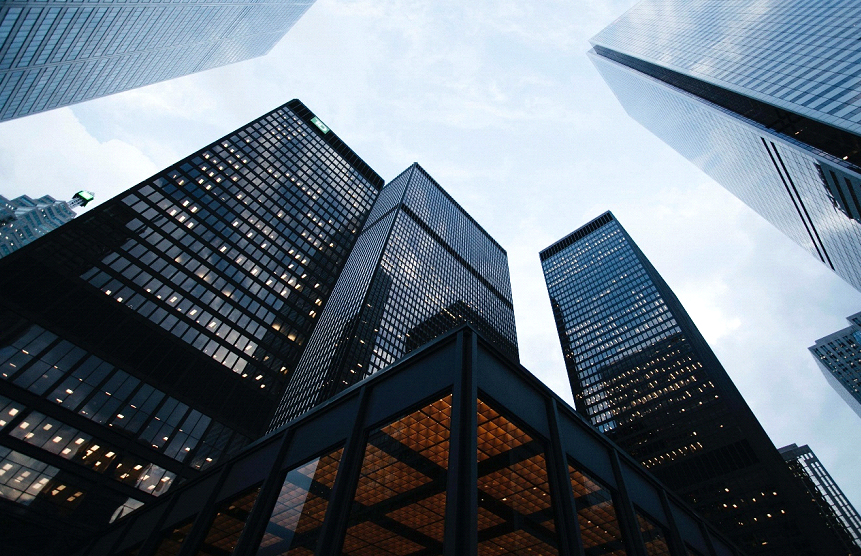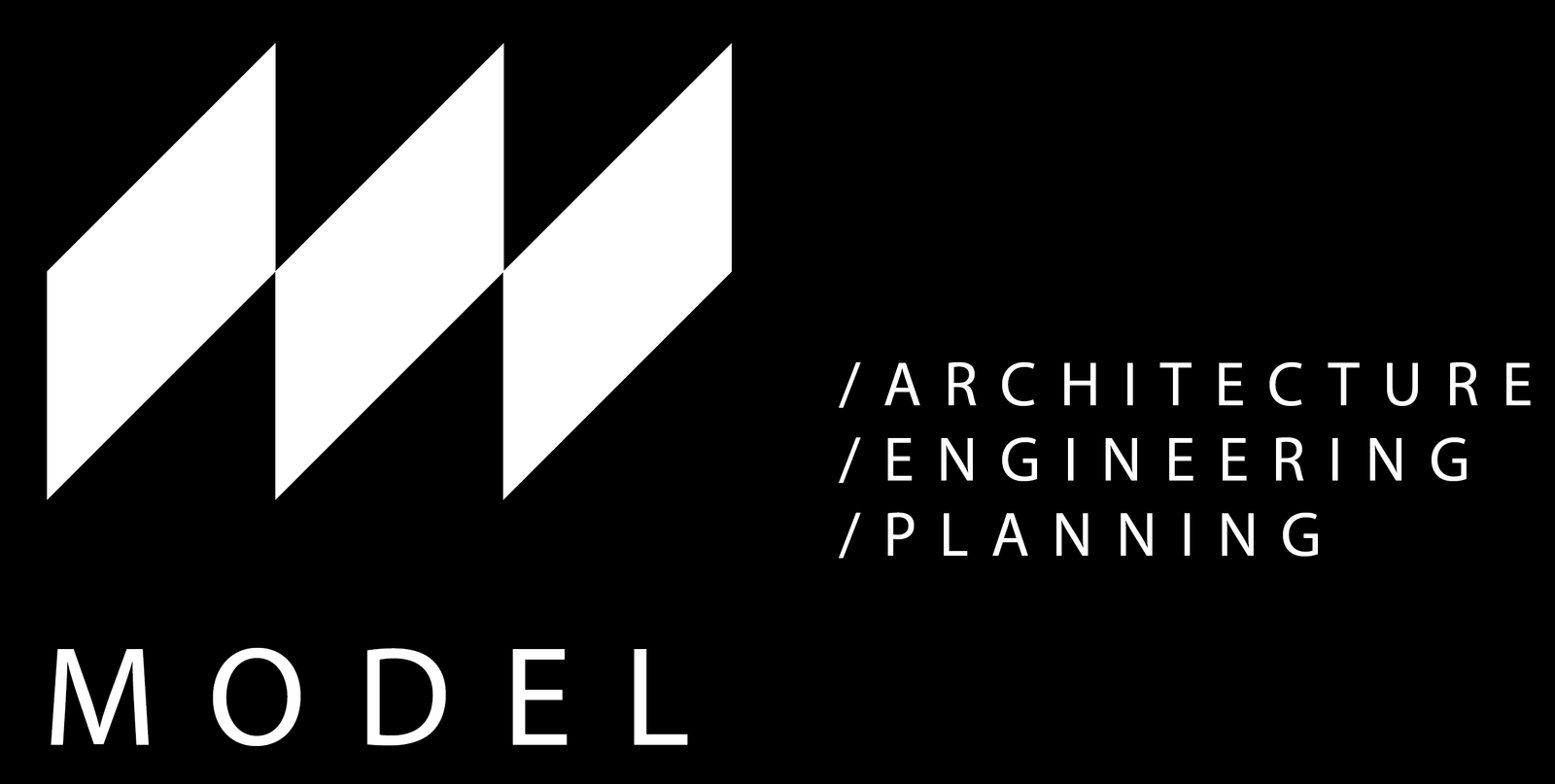7 latest trends in the architecture industry
As society continues to evolve and our needs change, the field of architecture is constantly evolving as well. From sustainable design to smart buildings and virtual reality, the latest trends in the architecture industry are driven by a desire to create more efficient, innovative, and sustainable buildings that enhance the user experience. Here are seven of the latest trends in the architecture industry.

- Sustainable Design – Sustainable design has become a major trend in the architecture industry in recent years. With a growing awareness of the impact of buildings on the environment, architects and designers are increasingly incorporating sustainable design principles into their work. This includes using energy-efficient materials, incorporating renewable energy sources, and designing buildings that minimize waste and pollution. By prioritizing sustainability, architects can create buildings that are not only more environmentally friendly, but also more cost-effective and better for the health and well-being of occupants.
- Smart Buildings – Smart buildings are another major trend in the architecture industry. These buildings are designed to use technology to optimize their performance, improve efficiency, and enhance the user experience. This includes incorporating systems for heating, cooling, lighting, and ventilation that can be controlled remotely, as well as using sensors and data analytics to monitor and manage building performance. By incorporating smart building technologies, architects can create buildings that are more energy-efficient, more comfortable, and more responsive to the needs of occupants.
- Biophilic Design – Biophilic design is an approach that incorporates nature into the built environment. This includes using natural materials, such as wood and stone, as well as incorporating elements such as natural light, plants, and water features. Biophilic design has been shown to have a positive impact on human health and well-being, and is becoming increasingly popular in the architecture industry. By creating buildings that are more connected to nature, architects can create spaces that are not only more beautiful, but also more conducive to productivity and well-being.
- Modular Construction – Modular construction involves assembling building components off-site and then transporting them to the construction site for assembly. This approach can reduce construction time and costs, while also improving quality and reducing waste. Modular construction is becoming increasingly popular in the architecture industry, particularly for residential and commercial buildings. By using modular construction, architects can create buildings that are more efficient, cost-effective, and sustainable.
- 3D Printing – 3D printing is a technology that allows architects and designers to create detailed models and prototypes of their designs. This technology is becoming increasingly accessible and affordable, and is being used by architects and designers to create complex and innovative building designs. By using 3D printing, architects can create more precise and intricate designs, while also reducing waste and production time.
- Adaptive Reuse – Adaptive reuse is the practice of repurposing existing buildings for new uses. This approach can be more sustainable than building new structures, and can also preserve the character and history of older buildings. Adaptive reuse is becoming increasingly popular in the architecture industry, particularly for projects such as converting old factories into residential or commercial spaces. By repurposing existing buildings, architects can create buildings that are more sustainable, cost-effective, and unique.
- Virtual Reality – Virtual reality technology allows architects and designers to create immersive, interactive experiences of their designs. This technology is becoming increasingly popular in the architecture industry, as it allows clients and stakeholders to experience and visualize designs in a more realistic way. By using virtual reality, architects can create more engaging and compelling designs, while also improving communication and collaboration with clients and stakeholders.

In conclusion, the latest trends in the architecture industry are driven by a desire to create more efficient, innovative, and sustainable buildings that enhance the user experience. At Model Engineering Consultants, we are committed to staying up-to-date on the latest trends and technologies in the architecture industry, so that we can provide our clients with the most innovative and sustainable design solutions.
